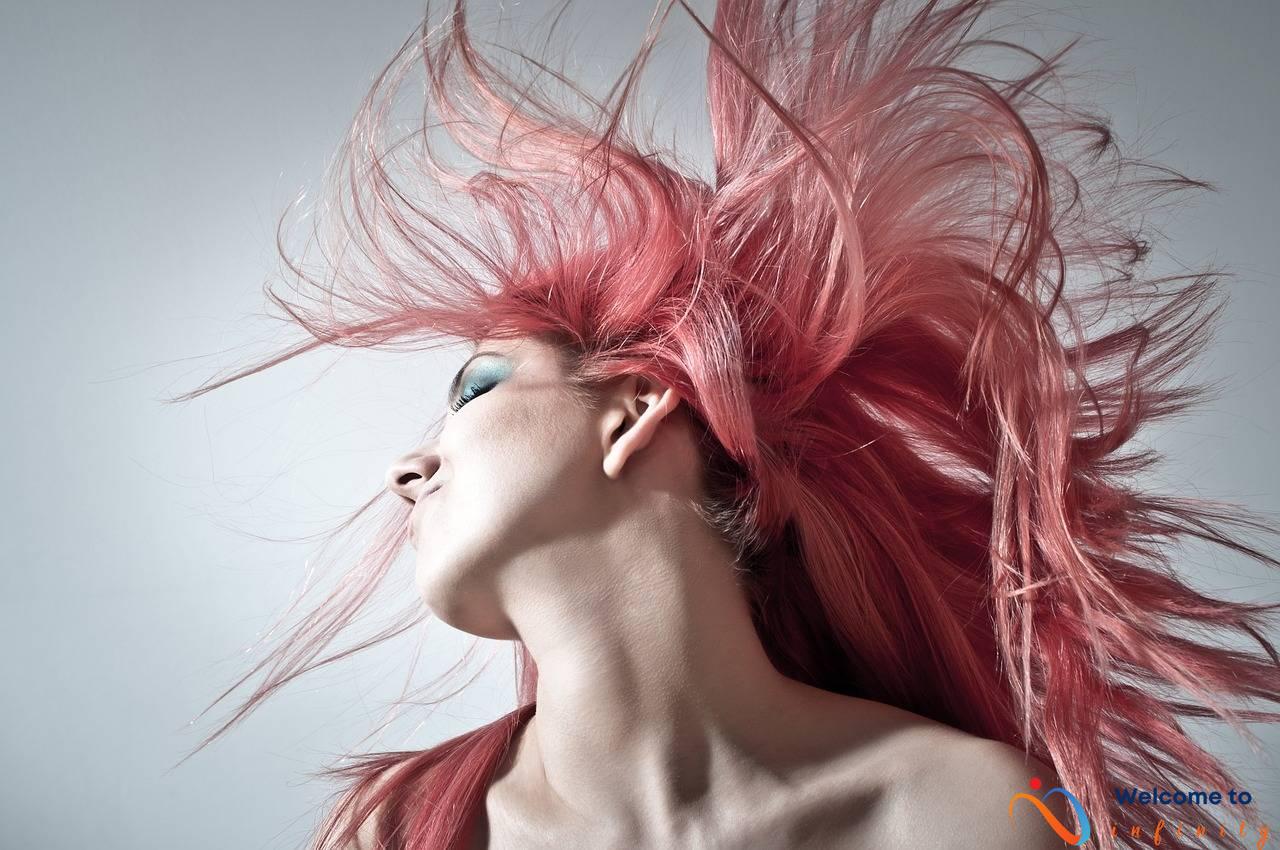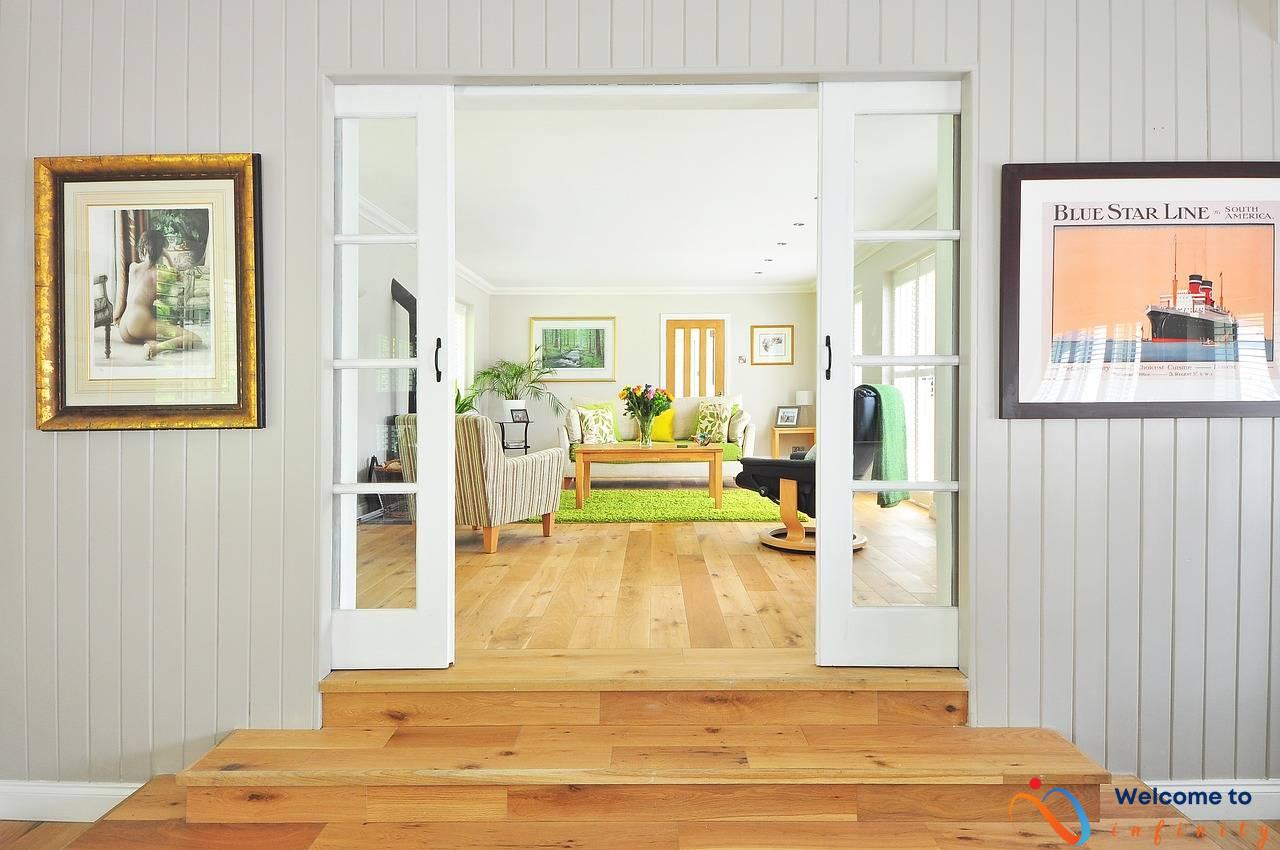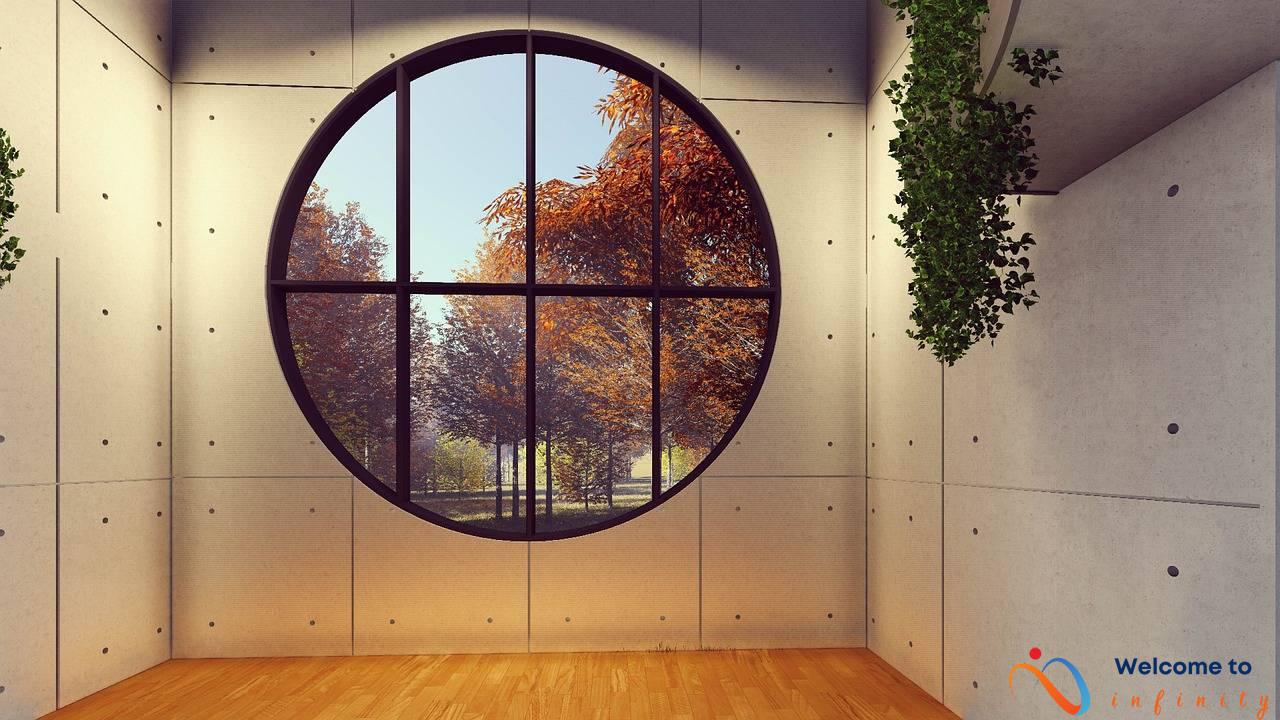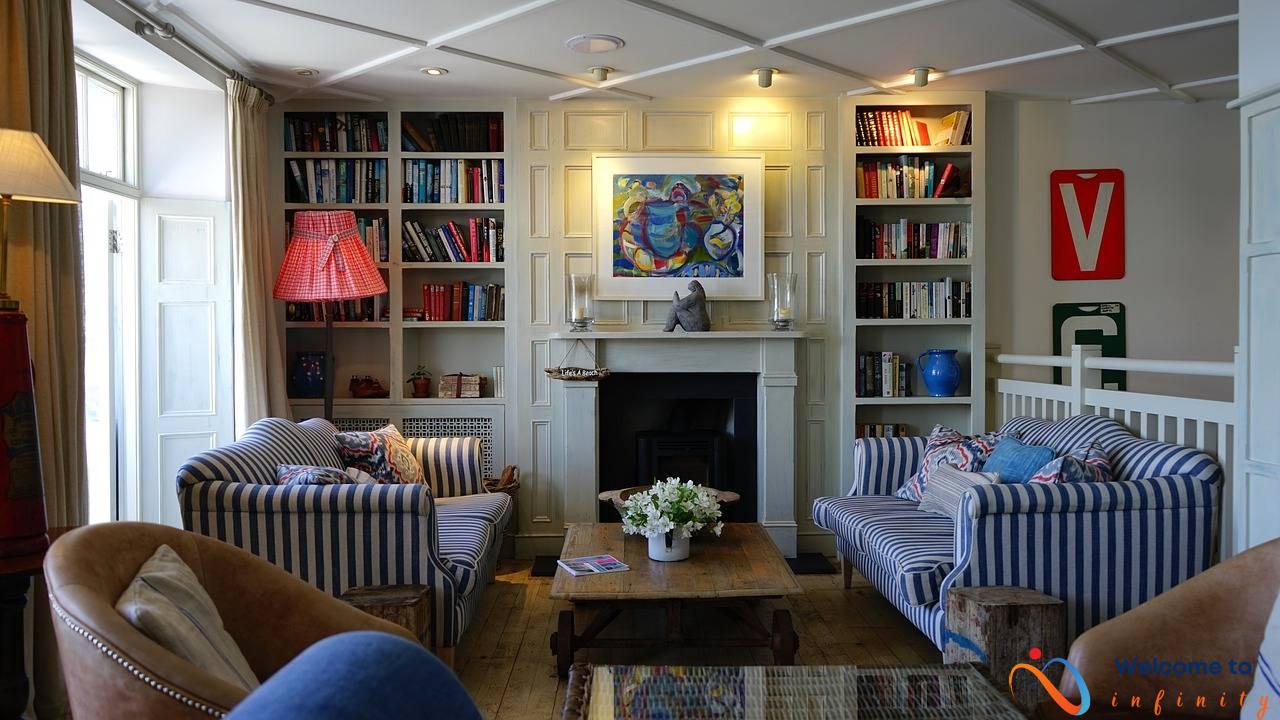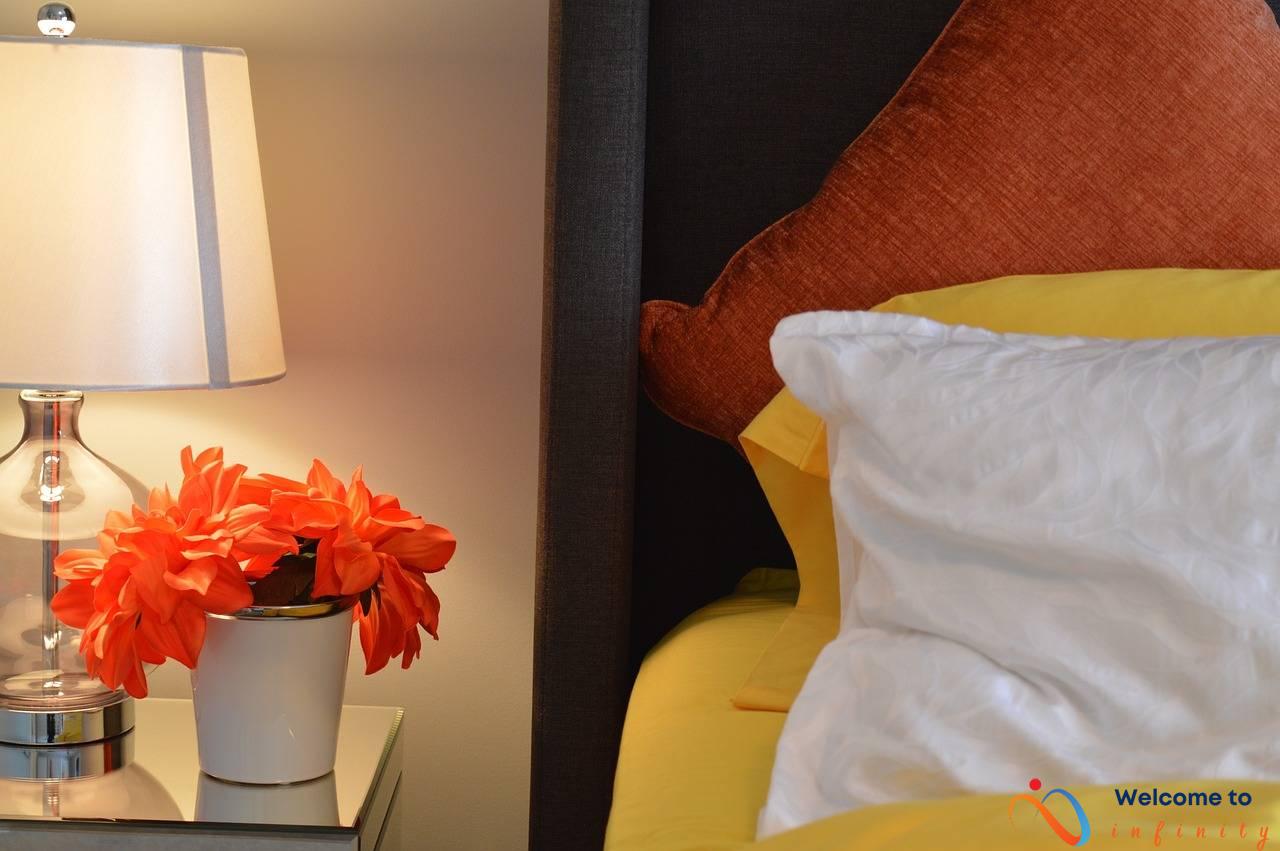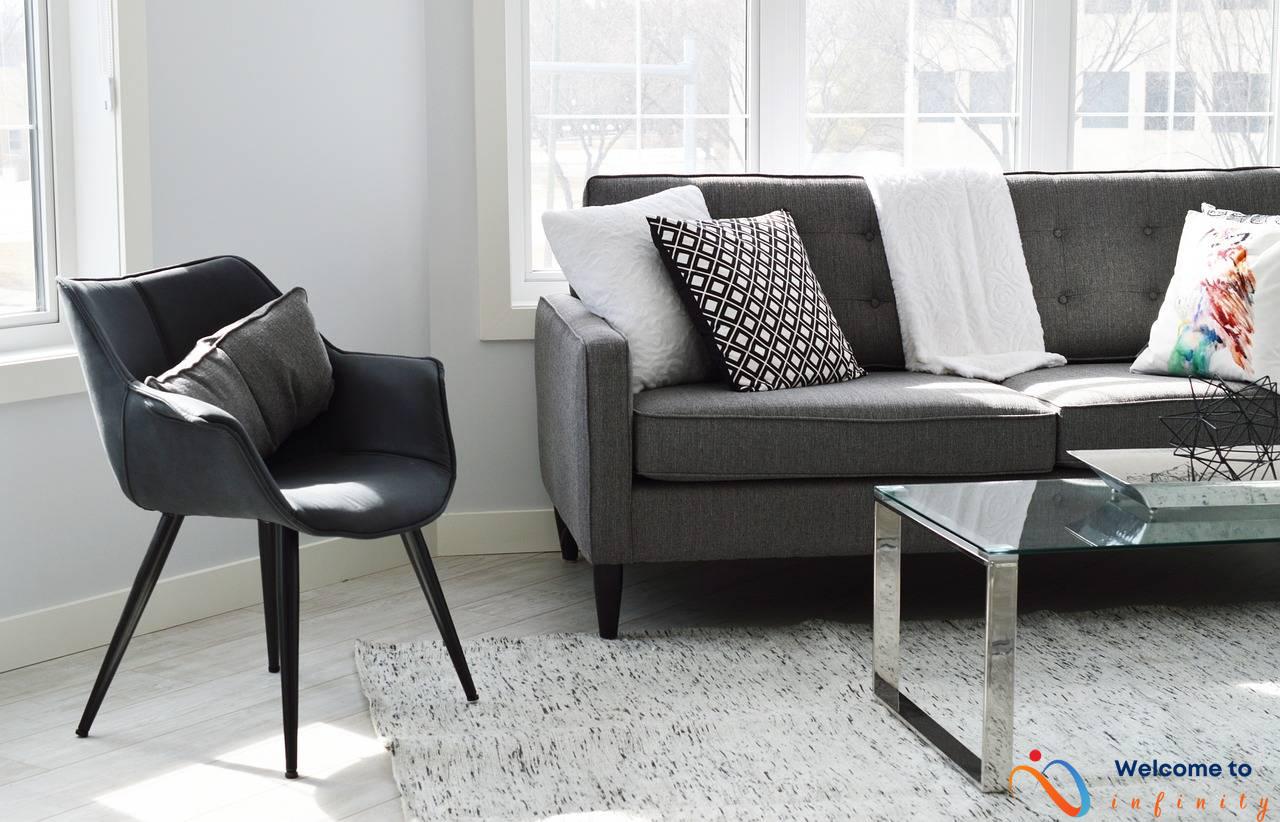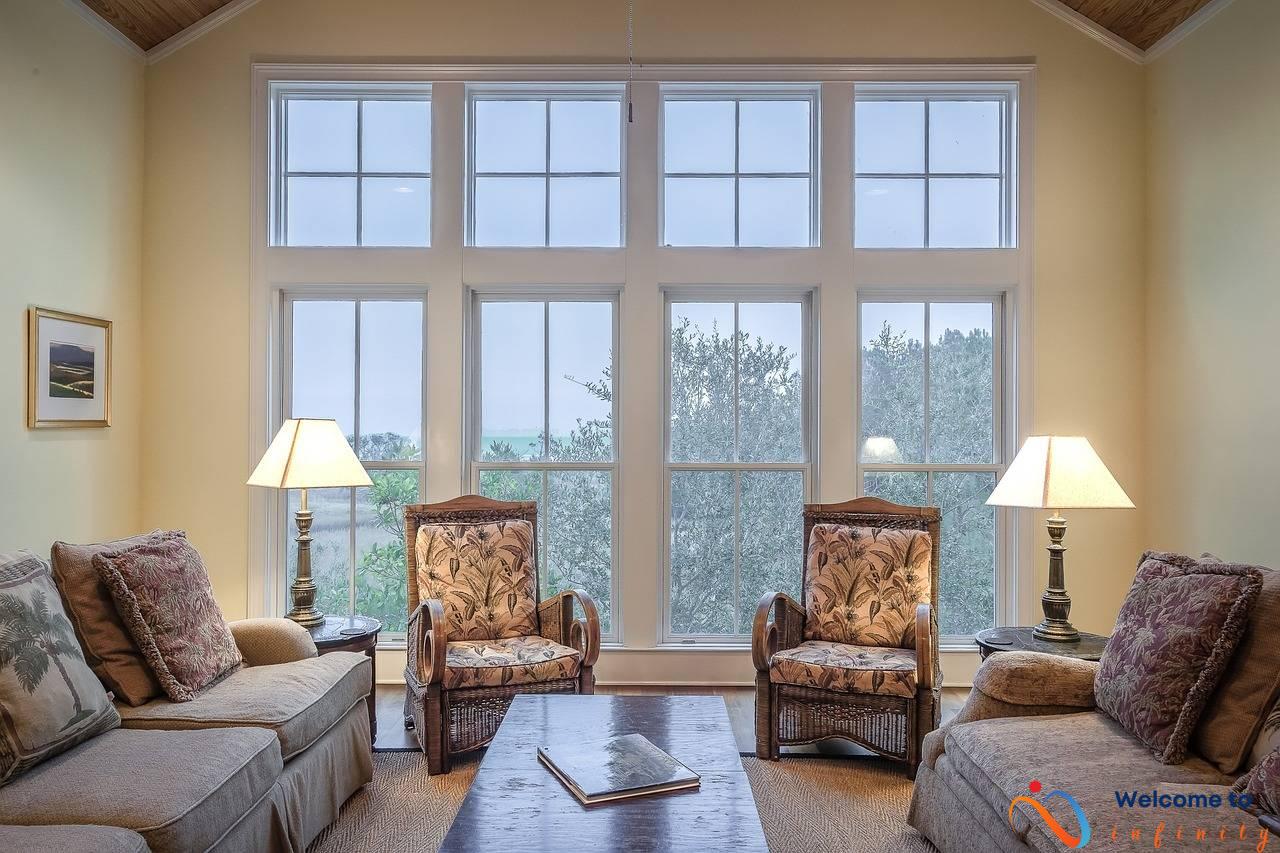When it comes to decorating our homes, curtains can be the perfect finishing touch. However, choosing the right fabric is crucial in achieving the desired look and functionality. The following article will discuss the pros and cons of various curtain fabrics, helping you to make an informed decision.
Cotton curtains are undoubtedly one of the most versatile options thanks to their durability and easy upkeep. They come in a range of colors and designs, making it easy to find the perfect match for your interior. However, they can be prone to shrinking and wrinkling after washing, so it's essential to choose a suitable cotton blend.
Silk curtains, on the other hand, exude sophistication and luxury. Their smooth texture and lustrous finish make them a popular choice for formal settings. However, they come with a high price tag and require delicate care, as they are prone to sun damage and water stains.
- Pros of Cotton Curtains:
- Durable and easy upkeep
- Available in various colors and designs
- Affordable
- Cons of Cotton Curtains:
- Prone to shrinking and wrinkling
- May not be suitable for all interior styles
- Pros of Silk Curtains:
- Sophisticated and luxurious look
- Smooth texture and lustrous finish
- Made from natural fibers
- Cons of Silk Curtains:
- Expensive
- Require delicate care and protection
- May be prone to sun damage and water stains
Artificial silk curtains are a more affordable alternative to natural silk, but they don't have the same luxurious feel. They are made from synthetic materials like polyester, which makes them durable and easy to maintain. However, they may not drape as elegantly as pure silk, and they don't offer the same level of breathability.
Polyester curtains are another popular option due to their affordability and ease of care. They don't require ironing, and they are resistant to mold and mildew. However, they may not be as breathable as other fabrics, and they can be prone to static build-up.
Linen curtains offer a more natural and rustic look, perfect for creating a cozy and inviting atmosphere. They are durable and absorbent, making them a popular choice for casual settings. However, they can be prone to wrinkling and require regular ironing to maintain their appearance.
Overall, the choice of curtain fabric depends on your personal style and practical needs. By weighing the pros and cons of each type, you can make an informed decision that will enhance the beauty and functionality of your home decor.
Cotton Curtains
Cotton curtains are one of the most versatile options available. They come in a wide range of colors, patterns, and textures, making them a suitable choice for many homes. Cotton is a natural fabric that is lightweight, durable, and easy to clean.
- Pros:
- Cotton curtains are affordable.
- They come in a variety of colors and patterns.
- They are lightweight and easy to clean.
- Cotton curtains provide excellent insulation against heat and cold.
- Cons:
- Cotton curtains are prone to shrinkage and wrinkling.
- They may not block out as much light as other fabrics.
- Cotton curtains can fade in direct sunlight over time.
Cotton curtains work best in a casual setting and add a sense of warmth and comfort to the room. Additionally, they are a great option for those with allergies or sensitivities to synthetic fabrics. However, if you live in a humid climate, cotton curtains may not be the best fit for your home due to their tendency to absorb moisture and take longer to dry.
Silk Curtains
Silk curtains are the epitome of glamour, luxury, and elegance. They offer a timeless look that can enhance any room's decor. One of the primary advantages of silk curtains is their natural shine, which reflects light beautifully. This feature makes them ideal for rooms that don't receive much sunlight, as they can brighten up any space.
However, silk curtains come with a high price tag due to their luxurious fabric. They require delicate care to maintain their shine, making them a high-maintenance option. Silk curtains can be damaged by direct sunlight, so it's important to keep them away from windows and use UV filtering sheers or blinds alongside them. Moreover, silk curtains must be professionally dry cleaned, which can be costly.
Despite these challenges, silk curtains can be worth the investment in the right circumstances. They are perfect for adding luxury to a master bedroom or formal living room. However, if you have kids or pets or live in an area with a lot of sunlight, silk curtains may not be the best option for you.
- Pros:
- Timeless and elegant look
- Beautiful light reflection
- Cons:
- Expensive
- High-maintenance
- Can be damaged by direct sunlight
Artificial Silk Curtains
Artificial silk curtains, also known as faux silk curtains, are made from synthetic fibers to mimic the look of silk. They are a budget-friendly alternative to pure silk curtains, but they do have some drawbacks.
- Cost-effective: Artificial silk curtains are much more affordable than pure silk curtains.
- Easy maintenance: They are easy to care for and can be machine washed, unlike pure silk curtains that require dry cleaning.
- Versatile: Artificial silk curtains are available in a wide range of colors, patterns, and textures, allowing for a variety of design options.
- Less durable: Artificial silk curtains are less durable than pure silk curtains and may not last as long.
- Not as luxurious: Although they are designed to mimic the look of silk, they do not have the same luxurious feel of pure silk.
- May look cheap: While they are more affordable, some artificial silk curtains may look cheap or low-quality.
In conclusion, artificial silk curtains can be a great option for those on a budget or looking for an easy-to-maintain alternative to pure silk curtains. However, they may not provide the same luxurious look and feel as pure silk curtains and may not be as durable.
Polyester Silk Curtains
Polyester silk curtains are a popular synthetic alternative to natural silk curtains. They offer various benefits that make them a popular choice among homeowners, but they also have some drawbacks that may affect your final decision.
- Pros:
- Polyester silk curtains are relatively affordable, making them a budget-friendly option for those who want the look of silk without the high price tag.
- They require less maintenance and are easier to care for than natural silk curtains. Polyester silk curtains can be machine washed, making them a convenient option for busy homeowners.
- They are less prone to shrinkage, fading, and wrinkling. This means that they can retain their color and shape better, ensuring a longer lifespan than other fabrics.
- Cons:
- While polyester silk curtains do offer the appearance of silk, they lack the natural luster and drape that is seen in real silk curtains.
- They are not as breathable as natural silk curtains, which may result in trapping heat or condensation in the room.
- They may not last as long as natural silk curtains due to their synthetic material composition, and they may become less attractive in appearance over time.
When choosing polyester silk curtains, it is crucial to consider the pros and cons carefully. These curtains can provide an attractive and budget-friendly option for homeowners who want the look of silk without the added cost and maintenance. Still, they may not be suitable for every home, particularly if you are looking for a luxurious and natural feel to your curtains. Ultimately, it is up to you to decide which material best suits your needs and preferences.
Satin Curtains
Satin curtains are a popular choice for those seeking a luxurious and sumptuous look in their homes. Satin is a smooth and glossy fabric that creates a sense of glamour and elegance in any room. However, like all other curtain fabrics, satin curtains come with both advantages and disadvantages.
One of the most significant benefits of satin curtains is their ability to reflect light, which can make any space appear brighter and more open. In addition, their smooth texture gives them a rich and elegant look that can instantly upgrade the decor of a room. Satin curtains also come in a variety of colors, making them a versatile choice for any home.
On the downside, satin curtains can be difficult to care for, especially if they are made of silk. Silk satin curtains require special care and must be dry-cleaned, which can be expensive. Additionally, satin curtains tend to show stains and dust more easily due to their glossy texture. This means that regular cleaning is essential to keep them looking their best.
Another challenge with satin curtains is that they are not typically energy-efficient. Satin's shiny, slippery texture does not insulate well, which means that they are not the best choice if you are looking for a solution to keep your home warm in the winter or cool in the summer.
Despite their challenges, satin curtains are a great choice if you are looking to create a luxurious and romantic ambiance in your home. However, you should be prepared to pay a premium for their elegance and invest the time and money necessary to keep them looking their best over time.
Polyester Curtains
Polyester curtains are a great option for those looking for affordable and low-maintenance curtains. They are highly durable and resistant to wrinkles, making them a practical choice for busy households. Polyester curtains also come in a wide range of colors and patterns, making them a versatile option that can work with many different interior design styles.
However, polyester curtains do have some disadvantages. They are prone to fading and may not hold up well in direct sunlight over time. Additionally, while polyester curtains are easy to clean, they may not be the best choice for those with allergies, as they can trap dust and other particles easily.
If you're considering polyester curtains, keep in mind that they may not be the best choice for rooms that receive a lot of natural light or for those with allergies. However, their affordability and ease of maintenance may make them a great option for homeowners on a budget or those looking for a practical and versatile curtain option.
Linen Curtains
Linen curtains are a popular choice for those seeking a natural and rustic look for their home decor. Made from flax fibers, linen curtains offer a lightweight and breathable option that can provide privacy without sacrificing natural light. Linen curtains are highly versatile and can complement various interior design styles, making them a popular choice for many homeowners.
However, despite their many benefits, linen curtains also come with some disadvantages. One significant drawback is that linen curtains can easily wrinkle and crease. This can make them appear unkempt and require regular ironing to maintain their appearance. Additionally, linen curtains can be challenging to clean due to their delicate fibers, which means they may require special care or professional cleaning.
That being said, the pros of linen curtains are compelling. They provide excellent insulation, keeping your home cool in the summer and warm in the winter. They also offer a natural and eco-friendly option, as linen is a renewable resource. Linen curtains are also hypoallergenic, which makes them an ideal choice for those with allergies or other respiratory issues.
- Pros of Linen Curtains:
- Natural and eco-friendly
- Provide excellent insulation
- Lightweight and breathable
- Hypoallergenic
- Cons of Linen Curtains:
- Wrinkle easily
- Difficult to clean
- Require special care
Overall, linen curtains can be an excellent option for those who value natural and sustainable home decor. However, they may not be the best choice for those seeking low-maintenance or highly structured window treatments. Consider the pros and cons of linen curtains when making your decor decisions to ensure you choose the best option for your needs.
Cotton/Linen Blend Curtains
Cotton/linen blend curtains have become popular due to their combination of natural and synthetic fibers. They offer the best of both worlds by providing the durability of cotton and the graceful drape of linen. These curtains can add a touch of elegance to any room, and they come in a variety of patterns and colors to suit any decor.
One of the main benefits of cotton/linen blend curtains is their breathability. The cotton fibers in the blend help to keep the curtains light and airy, while the linen fibers add a subtle texture that complements the fabric's movement. Additionally, these curtains tend to be more resistant to wrinkling than pure linen curtains, making them easier to maintain over time.
However, there are some downsides to cotton/linen blend curtains to consider. While they are more durable than pure linen curtains, they are still vulnerable to fading and discoloration from prolonged sunlight exposure. Additionally, these curtains tend to be more expensive than single fiber curtains, as both cotton and linen are costly materials.
In terms of care, cotton/linen blend curtains require a bit of extra attention compared to other fabrics. While they are machine washable, it is recommended to use a delicate cycle with mild detergent to avoid damaging the fibers. If possible, hang them to dry rather than putting them in the dryer. Iron on a low heat setting to smooth out any wrinkles, but be sure to use a pressing cloth to avoid scorching the fabric.
Overall, cotton/linen blend curtains provide an ideal combination of natural and synthetic fibers, making them a popular choice for those looking for a durable, elegant option for their home decor. Keep in mind the potential drawbacks and care requirements before making a decision to ensure they are the right fit for your needs.
Velvet Curtains
Velvet curtains are a luxurious option that can add warmth and richness to any room. However, they do come with a hefty price tag that can be a deterrent for some. Here are some pros and cons of velvet curtains:
- Pros:
- Velvet curtains have a plush texture that adds depth and dimension to a room.
- They provide excellent insulation and can help to keep a room warm in the colder months.
- Velvet curtains are available in a wide range of colors and can easily match any decor style.
- They are durable and long-lasting, making them a good investment for those who want quality curtains.
- Cons:
- The high price tag of velvet curtains can be a turn-off for those on a budget.
- They require special care, such as dry cleaning, to maintain their plush texture and shape.
- Velvet curtains can attract dust and pet hair, making them difficult to keep clean.
- The weight of velvet curtains can be a challenge when it comes to installation and hanging.
Despite their drawbacks, velvet curtains are an excellent choice for those who want to add a touch of luxury to their home. It is important to consider the maintenance and cost factors before making a decision, but ultimately, the benefits of velvet curtains can outweigh the negatives for those who prioritize high-quality and stylish decor.
Cotton Velvet Curtains
Cotton velvet curtains are a popular choice for those who want the luxurious look of velvet without the high price tag. However, they do have some similar disadvantages to pure velvet curtains.
Pros:
- Cotton velvet curtains have a soft and plush texture that adds warmth and coziness to a room.
- They are less expensive than pure velvet curtains, making them a budget-friendly option.
- Cotton velvet curtains are available in a variety of colors and designs, allowing for versatility in home decor styles.
- They are durable and can withstand wear and tear, making them a practical choice for high-traffic areas.
Cons:
- Cotton velvet curtains are heavier than other curtain fabrics, which may make them difficult to open and close.
- They are prone to crushing and may require steaming to maintain their shape and texture.
- Cotton velvet curtains may fade or discolor over time, especially if exposed to direct sunlight.
- They require more care and maintenance compared to other curtain fabrics, such as dry cleaning or hand washing.
Overall, cotton velvet curtains are an affordable and stylish option for adding texture and warmth to a room. However, their weight and maintenance requirements may pose some challenges for homeowners. Consider the pros and cons before deciding if they are the right choice for your home decor.
Conclusion
Choosing the perfect curtain fabric is a crucial aspect of interior design. It can add personality and charm to any room while also creating a cozy and comfortable atmosphere. With so many fabric options available, it can be challenging to select the right one for your home. To make an informed decision, it is essential to consider the pros and cons of each type of fabric.
If you want to create a sleek and modern look, polyester curtains are an excellent choice. They are affordable, easy to maintain, and come in a wide range of solid colors. However, they can be prone to wrinkling and may not be the best option for formal spaces.
For a luxurious and elegant look, silk curtains are a top choice. They have a unique sheen and texture that adds depth and dimension to any room. However, they require delicate care and come with a high price tag. If you want a lower-cost alternative, artificial silk curtains can offer a similar look but may lack the same quality.
If you prefer a natural and rustic style, linen curtains are a great option. They give a relaxed and casual ambiance to any space. Nevertheless, linen tends to wrinkle easily and may not be as durable as other fabrics.
Velvet curtains are another option that exude a warm and cozy vibe. They are often used in formal areas, such as living and dining rooms. However, velvet requires special care and can be expensive.
When selecting your curtain fabric, it is crucial to keep in mind your personal style, the room's atmosphere, and your budget. Each fabric has its advantages and disadvantages, so taking the time to compare them will help you make the best choice for your space.
- Cotton curtains are versatile and work well in most spaces but may not be the best option for formal areas.
- Satin curtains provide a luxurious and sumptuous look, but they can be challenging to maintain.
- Cotton/Linen blend curtains offer the best of both worlds, but they have unique downsides.
- Polyester Silk curtains are a budget-friendly alternative to silk curtains but may not match their quality.
Overall, whatever your preference, there is a perfect curtain fabric that will complement your home's decor. Choose wisely, and your curtains will enhance the look and feel of any space.


